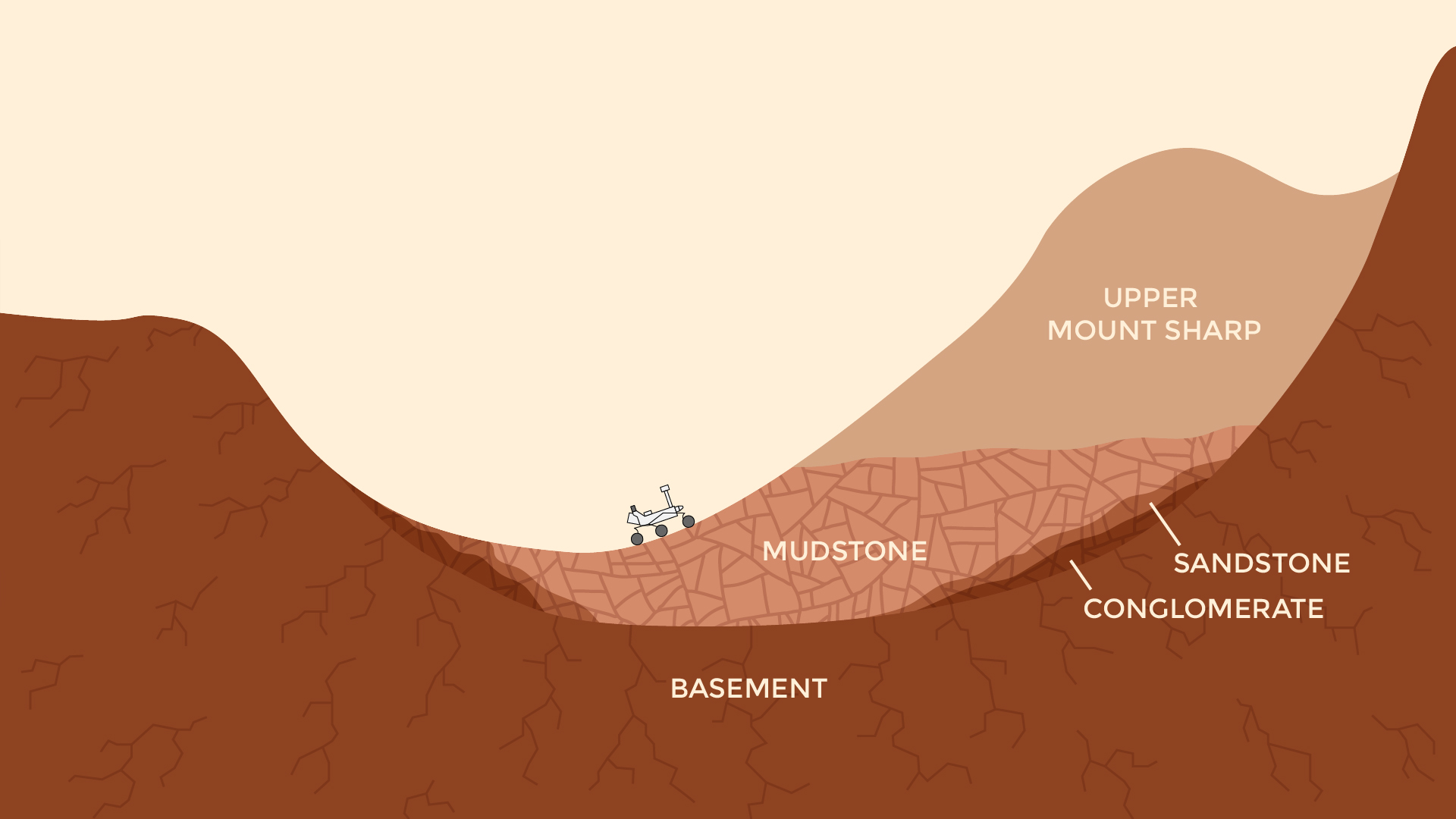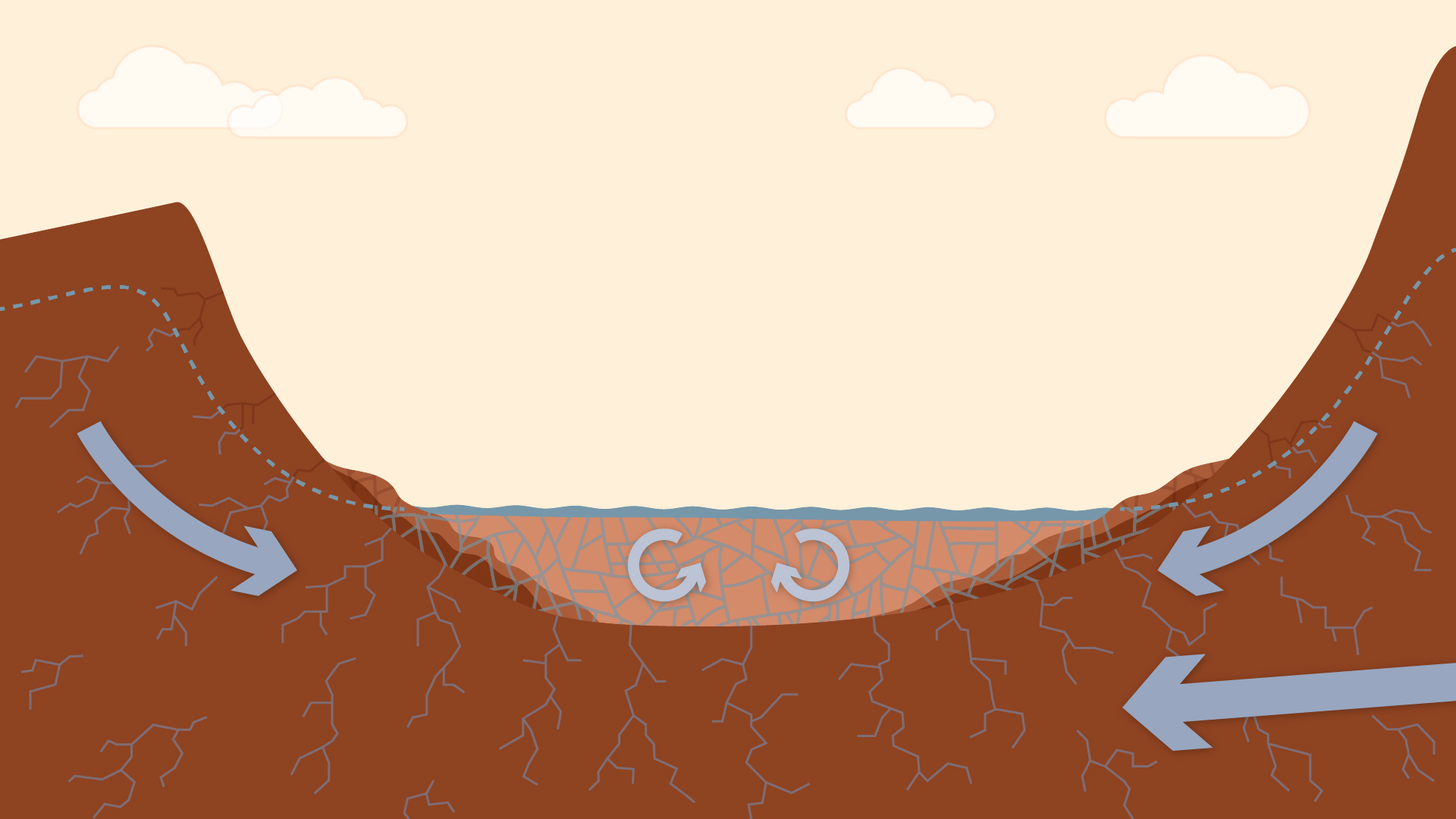
A selfie of the NASA Curiosity rover at the Murray Buttes in Gale Crater, Mars, a location where boron was found in light-toned calcium sulfate veins. Credit: NASA/JPL-Caltech/MSSS
Boron compounds play role in stabilizing sugars needed to make RNA, a key to life. The discovery of boron on Mars gives scientists more clues about whether life could have ever existed on the planet, according to a paper published in the journal Geophysical Research Letters. “Because borates may play an important role in making RNA – one of the building blocks of life – finding boron on Mars further opens the possibility that life could have once arisen on the planet,” said Patrick Gasda, a postdoctoral researcher at Los Alamos National Laboratory...
Read More









Recent Comments